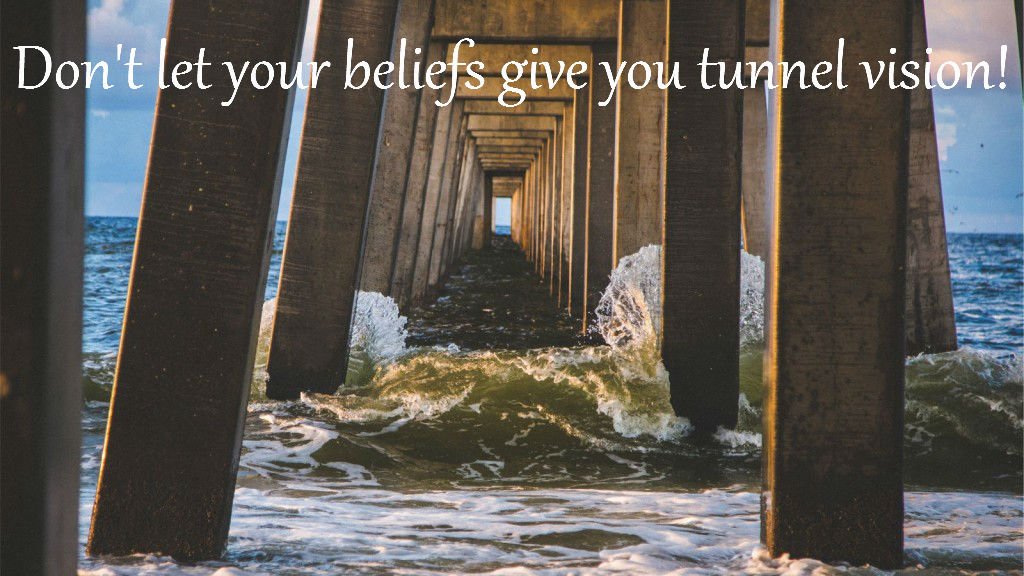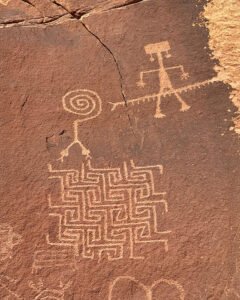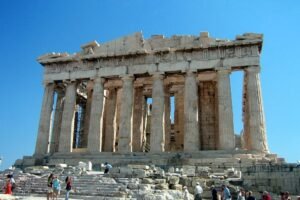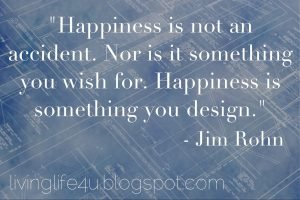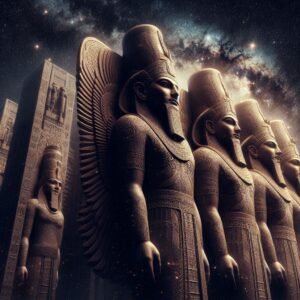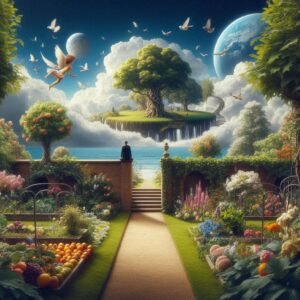The Structure of Belief Systems
In a previous post, I spoke about how important it was to have an open belief system that enables new belief structures and understandings to sit alongside those already there. In this post I’d like to cover how these beliefs work to constrain and often filter our understanding of the things we perceive, and also affect our interpretation of what they mean.
Every person has a belief system, this is a combination of learnt belief structures and intellect that provide you with your current understanding of the world around you as it is perceived. It starts with the immediate physical surrounds and has no limitation since the belief structures that we adopt often include strong elements of imagination.
It is important to realise that many of our more firmly held beliefs typically come from a very partial understanding of the belief itself. This often means that whilst in general many people will have beliefs that are shared, when they are looked at in detail then significant differences between one person’s view of “how it works” and another’s will often emerge.
This underlines just how varied even some of our most firmly held beliefs are, the reality is that we often accept a belief based on another’s description of the situation, and often we misinterpret or fail to understand exactly what that other person meant. This extends to what many include as scientific certainty. The reality is that most people have a superficial knowledge of the science and have often filled in the gaps of their knowledge with imagination.
A person’s belief system is typically a combination of these learnt and partially understood knowing’s, together with beliefs based on personal experience. Often society places emphasis on these learnt beliefs, and has a tendency to undervalue the personal experiences of the individual.
A belief system is in effect an amalgam of a great many belief structures that overlap and impact on each other. Often one belief can appear to sit on its own so it can be scrutinised, and yet changes within it can affect a myriad of other belief structures, affecting change, sometimes unknowingly, on the whole system.
This amalgam of belief structures interoperate together in order to create a person’s concept of what is, their interpretation of what was and their projection of what will be. This is the Belief System – the amalgam of higher and lesser belief’s that underpin the person’s concept of now.
Beliefs can filter out information, often it is information that is least understood that gets filtered, this can serve to protect us from information overload etc. but it can also serve to limit a person’s level of understanding at any particular moment in time.
Beliefs can also constrain the limits of perception and in so doing they introduce an area of interpretation which means that our beliefs manipulate what we experience and it is important therefore for us to recognise this and deliberately adopt flexibility as much as possible.
Part of the task of a person exploring their truth of self is to push these boundaries of what is acceptable in order to gather the widest possible view of self. This is a process where imagination serves a key purpose for imagination allows us to explore areas of understanding that would be excluded if we were to operate firmly in the realms of what is known.
An aspect of this is to realise that even the words we use have meanings that can be highly unique to the individual concerned and may have differing meanings in differing contexts that may cause us to misinterpret what was said. For example, the term Ego has many differing meanings to many people and as a result people can easily misinterpret any statement that uses this word.
So it is important to bear this in mind when it comes to interpreting the information we come across on our travels; things do not always mean what we initially take them to mean.
Beliefs have an order of priority and part of the work of ego is to manage the varying priorities of beliefs as they operate on the circumstance under consideration. When we hold beliefs firmly, they can become fundamental, affecting all other beliefs and creating a “tunnel vision” as to what we allow ourselves to perceive and understand.
It is also possible and often beneficial to be able to hold conflicting beliefs – two or more beliefs that seemingly cannot occupy the same space. When exploring self it is often wise to adopt such beliefs by ring-fencing them – allowing each to be understood to its fullest without needing to question which is true. Often it is the context that creates the truth.
Because beliefs have priority and have major impact on what you allow yourself to think, here is another area where you will need to pay attention when understanding self. You should realise that often it is overlooked beliefs that prevent you from moving forward on your journey into self. Finding our truth of self is often a question of un-learning some beliefs in order that new understandings can be created.
In short, when it comes to self you should question everything, question the meaning, the relevance and the applicability of all of your beliefs, knowing’s and understandings, even down to the fine detail of exactly what each word actually means in the context that it was used.
Try to adopt an approach of regularly challenging your beliefs and the assumptions that stem from them. Where you see boundaries and restrictions, try to push back on them; challenge yourself, make sure that you understand exactly what rules you have chosen for yourself and regularly test them in order to ensure they are still suitable for you.
The journey into self is one of evolution, of internal transformation, as you reflect on true self then some beliefs will fall away while others will become more prominent, but even those may be temporary understandings that eventually fall away to become redundant.
An important point to realise is that we gather beliefs over time. We are taught many fixed beliefs in school and during childhood, we continue adding to those beliefs as we travel into adulthood. Often it is those childhood beliefs that can have the greatest impact on us and yet by their very nature they can be those we least understand.
So a good tip is to try to go back in time in order to challenge those earliest beliefs and assumptions since these are often fundamental beliefs that underpin all subsequent beliefs.
It is interesting to note that often, when a person describes themselves as being “reborn” it is because some of those earlier fundamental beliefs have been disregarded or replaced by new fundamental beliefs that have rendered large swathes of automated ego responses obsolete making way for new concepts of self that are more in-tune with what the person considers to be true self.
A person’s belief system can often be viewed as a tree-like structure which is growing over time, in childhood we lay down the roots of our beliefs, and this causes the tree of self to sprout, and yet this tree is largely one based on a lack of knowledge of self and primarily based on what others have told us to accept. These fundamental beliefs tend to constrain future beliefs that we may adopt, thus determining the structure of the branches. Unlike a tree, it is possible to go back to the roots and early limbs of the tree and remove and modify them. This is the task of a person aiming to replace the false self that society created with the true self that you create.
Subscribe to our post updates - Don't miss a thing!!

